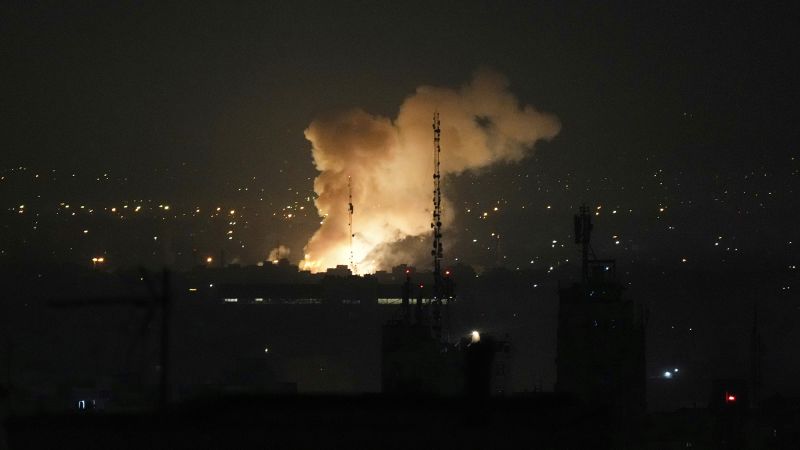The recent military actions taken by Israel against Iran have sent shockwaves through the global oil market, raising fears of a sharp increase in gasoline prices, particularly as the summer travel season approaches. For months leading up to this event, fuel prices had been stable and relatively low—an arrangement that had effectively curbed inflationary concerns and provided consumers with some respite from rising costs elsewhere. However, the dynamics of this situation have drastically changed following Israel’s unprecedented strike on Iranian targets.
Historically, during the summer months, gas prices typically exhibit a mild upward trend as holiday season approaches; nonetheless, the stakes have been heightened drastically by this recent military confrontation. Experts across the board are closely monitoring Iran’s anticipated reaction to these strikes, given that the nature of their response could significantly influence the flow of oil exports from this geopolitically critical region. The potential for a wider conflict in the Middle East threatens vital energy supplies, leaving many worried about the impending consequences for global oil prices.
Upon announcement of the attacks, oil prices surged sharply. U.S. crude initially spiked by as much as 14% overnight, signaling severe apprehensions in the marketplace, before retracting slightly. As of midday Friday following the attacks, oil prices were still up about 6%, setting the stage for one of the largest single-day increases observed since April 2023. This week has already seen an overall surge in oil prices of around 12%, the highest increase since October 2022 attributed to OPEC’s recent production cuts.
Patrick De Haan, vice president of petroleum analysis at GasBuddy, has acted as a voice of caution, suggesting that we are merely at the beginning stages of this evolving situation. He highlighted the gravity of Iran’s label for the attacks as a “declaration of war,” predicting that this may severely hinder oil flow in the region. Furthermore, De Haan projected that gasoline prices could soon increase by approximately 10 to 25 cents per gallon, with the current national average resting at around $3.13. Though this is lower than the $3.46 average from a year prior, the current trends indicate impending upward pressure on prices that consumers will soon face.
Market observers note that while fluctuations are expected, any significant spikes will be contingent upon the nature and severity of Iran’s retaliation. Analysts warn that if Iran chooses to escalate their actions—potentially targeting regional energy infrastructure or U.S. military sites—gasoline prices could rise considerably higher than already forecasted. Helima Croft of RBC Capital Markets noted that the trajectory of oil prices would be largely influenced by whether Iran opts for a limited retaliatory response or escalates tensions further.
Concerns also surround the geopolitical importance of the Strait of Hormuz, a pivotal maritime chokepoint for global oil transportation. It is estimated that up to 21 million barrels of oil transit this waterway each day, representing about one-fifth of daily global consumption. A disruption in this zone due to Iranian action could create a significant supply shock, causing prices to spike dramatically. Though experts like Jorge León from Rystad Energy argue that the chances of Iran completely blocking this route seem slim, the ramifications of even localized disruptions could be severe.
Despite the mounting fears, many energy experts emphasize the current oil prices are entering this turmoil from a relatively lower baseline, which serves as a buffer against explosive price escalations observed in prior conflicts, such as Russia’s invasion of Ukraine, which had pushed prices to record highs. However, the uncertain landscape remains a point of concern as the potential for extended conflict and resultant oil supply disruptions could compel OPEC and allied producers to make strategic decisions regarding production levels to stabilize the market.
In response to these dynamics, the promise of coordinated action from major oil producers and the U.S. government holds the potential to mitigate drastic price increases. With significant stockpiles of emergency oil available, the International Energy Agency and major oil consumers could deploy their reserves should market conditions deteriorate rapidly, as was done in prior crises.
These strategies underscore the delicate balance of international oil markets and the potential for significant price volatility resulting from geopolitical conflicts. As summer travel kicks off, households and businesses alike brace for the possible economic impact should tensions in the region escalate further and interfere with one of the world’s most crucial supply chains.



